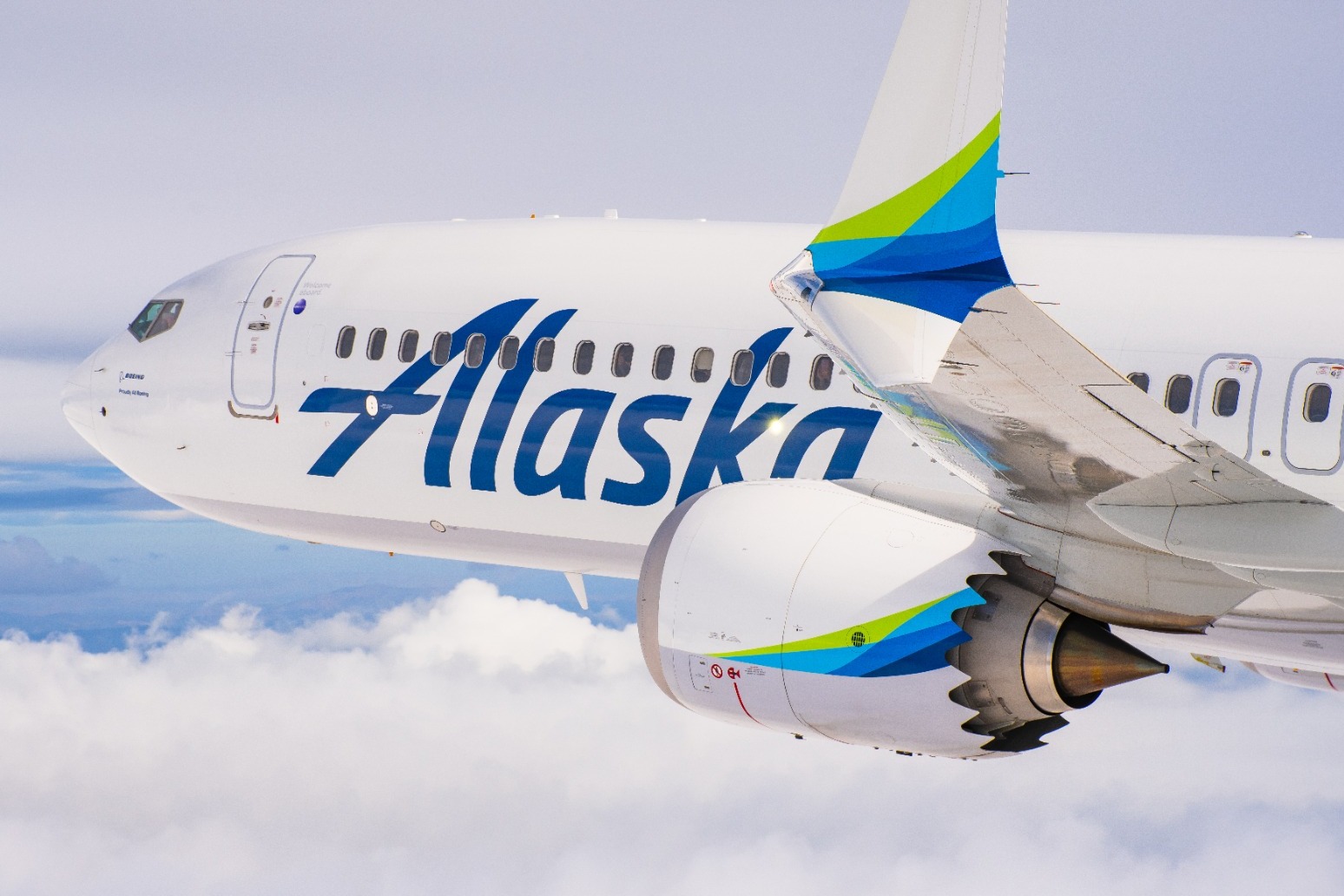
FAA to audit Boeing after panel blew off jet mid-flight
The Federal Aviation Administration (FAA) will begin auditing Boeing’s aircraft production and increase oversight of the troubled manufacturer after a panel blew off a jetliner in mid-flight last week, the last in a string of mishaps for its marquee aircraft.
The agency’s move comes just a day after it announced an investigation into whether Boeing failed to make sure a fuselage panel that blew off was safe and manufactured to meet the design that regulators approved.
The FAA said on Friday it will audit Boeing’s 737 Max 9 jetliner production line, as well as the company’s parts suppliers “to evaluate Boeing’s compliance with its approved quality procedures”.
The FAA statement said it will also look into safety risks from the agency delegating inspection authority to company employees, and will consider moving those functions to an independent third party.
“It is time to re-examine the delegation of authority and assess any associated safety risks,” FAA administrator Mike Whitaker said in the statement.
“The grounding of the 737-9 and the multiple production-related issues identified in recent years require us to look at every option to reduce risk,” said Mr Whitaker, who was confirmed by the Senate as the new FAA chief in October.
The agency also will increase monitoring of 737-Max incidents that happen while the plane is in use.
In a statement, Boeing, which is based in Arlington, Virginia, said it will co-operate with the FAA.
“We support all actions that strengthen quality and safety, and we are taking actions across our production system,” the company said.
The FAA’s intensifying focus on safety at Boeing comes just a day after it announced an investigation into whether the manufacturer failed to make sure a fuselage panel that blew off was safe and manufactured to meet the design that regulators approved.
Mr Whitaker told CNBC on Friday that the FAA will also step up its oversight of Spirit AeroSystems, which supplies Boeing with fuselages for the 737 Max.
“We know there are problems with manufacturing, there have been problems in the past, but these are continuing,” Mr Whitaker said.
“This is a brand-new aircraft, it has just come off the line and it had significant problems, and we believe there are other manufacturing problems.”
Spirit also said it is supporting the FAA actions.
“Spirit’s top priorities are quality, product integrity and compliance,” a company statement said.
The FAA and National Transportation Safety Board are focusing their investigation on plugs used to fill spots for extra doors when those exits are not required for safety reasons on Boeing 737 Max 9 jetliners.
One of two plugs on an Alaska Airlines jetliner blew out shortly after the plane took off from Portland, Oregon, a week ago, leaving a hole in the plane. The cabin lost pressure and the plane was forced to return to Portland to make an emergency landing. No serious injuries were reported.
After the incident, the FAA grounded all Max 9s equipped with the plugs, forcing Alaska and United to cut flights. The aircraft remain grounded while the National Transportation Safety Board (NTSB) and the FAA continue their investigation.
After the plane lost pressure, the FAA was told of other problems on the 737-9. Alaska and United reported finding loose bolts on door plugs that they inspected in some of their other Max 9 jets.
NTSB investigators said this week they have not been able to find four bolts that are used to help secure the 63lb door plug. They are not sure whether the bolts were there before the plane took off.
On Thursday, the FAA asked Boeing to respond within 10 business days and tell the agency “the root cause” of the problem with the door plug and steps the company is taking to prevent a recurrence.
Earlier this week, Boeing chief executive David Calhoun called the incident “a quality escape”. He told employees that the company was “acknowledging our mistake … and that this event can never happen again”.
The door plugs are installed by Boeing supplier Spirit AeroSystems but investigators have not said which company’s employees last worked on the plug on the Alaska plane that suffered the blowout.
The day after the blowout, the FAA grounded Max 9 jets, including all 65 operated by Alaska and 79 used by United Airlines, until Boeing develops inspection guidelines and planes can be examined. Alaska cancelled all flights by Max 9s through Saturday.
The incident on the Alaska plane is the latest in a string of mishaps for Boeing that began in 2018, with the first of two crashes of Max 8 planes in Indonesia and Ethiopia — and more than four months apart — that killed a total of 346 people.
Justin Green, a lawyer who represents families suing Boeing for the Ethiopia crash, said he was happy to see the FAA ground the Max 9s so quickly after the Oregon incident.
Max 8 and Max 9 planes were grounded worldwide for nearly two years after the second crash. Since then, various manufacturing flaws have at times held up deliveries of Max jets and a larger Boeing plane, the 787. Last month, the company asked airlines to inspect their Max jets for a loose bolt in the rudder-control system.
The issue of the FAA delegating inspection authority to Boeing employees was heavily scrutinised as Congress investigated the 2018 crashes.
Published: by Radio NewsHub